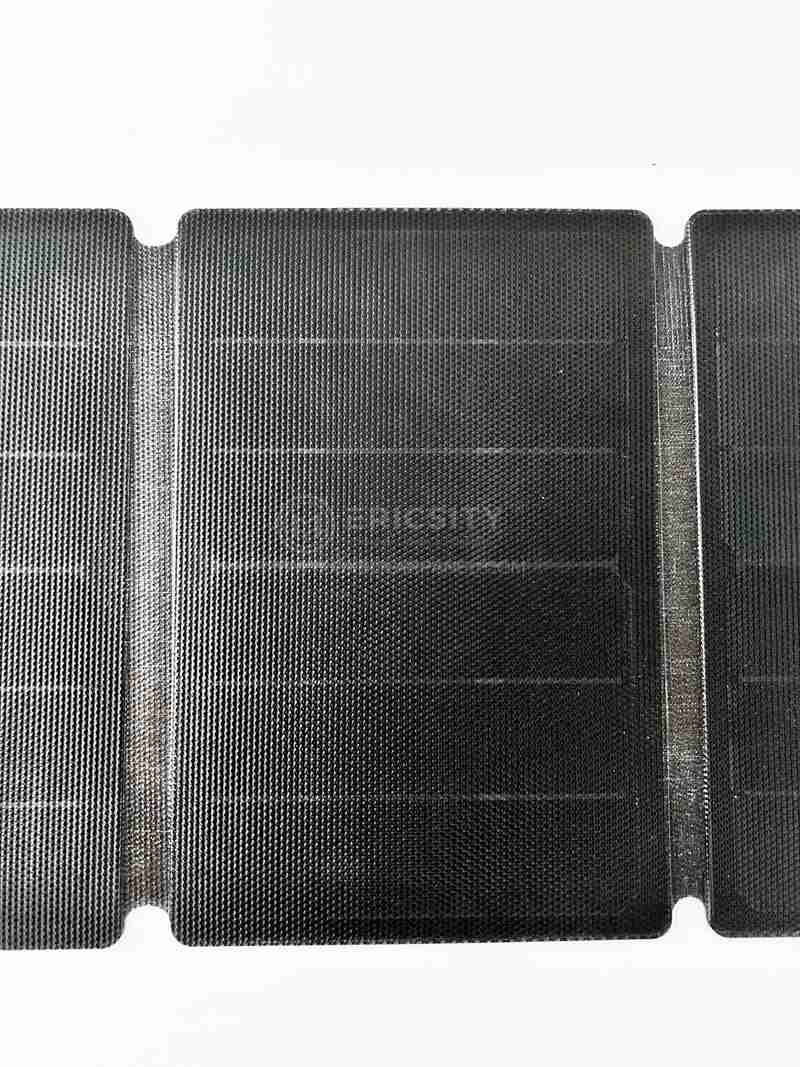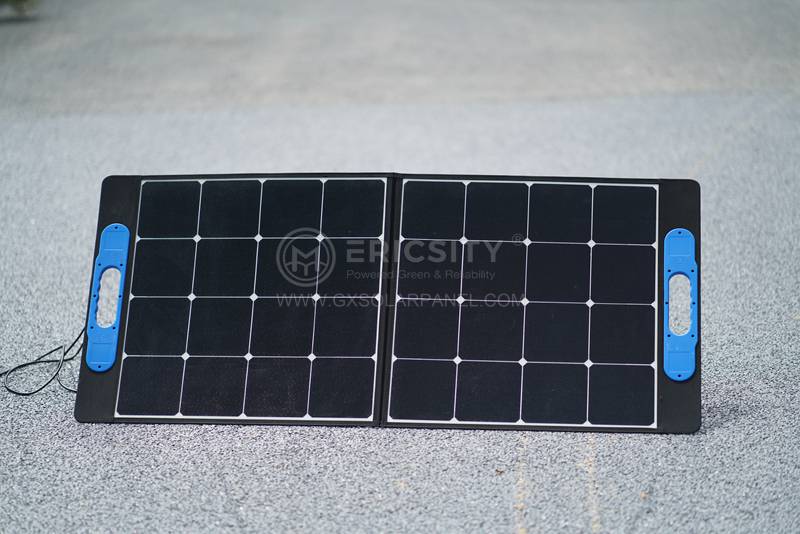HOT PRODUCT
Product Details
The Science Behind Solar Panel Strips: How They Generate Power
Title: The Science Behind Solar Panel Strips: How They Generate Power
Introduction (50 words):
Solar panel strips have gained significant popularity in recent years as a renewable energy solution. These innovative strips are revolutionizing solar energy technology, enabling greater efficiency and versatility. This article explores the science behind solar panel strips and how they generate power.

1. Solar Energy Basics (100 words):
Solar energy harnesses the power of the sun to generate electricity. Photons, which are particles of light, strike solar panels and excite electrons in the silicon atoms of the panels. This excitation creates a flow of energy in the form of direct current (DC) electricity. However, for practical use, this DC electricity needs to be converted into alternating current (AC) electricity, which is the standard type of electricity used in homes and businesses.
2. Solar Panel Strip Composition (100 words):
Compared to traditional solar panels, solar panel strips consist of a thinner and more flexible material. These thin-film solar strips are typically made of amorphous silicon or a combination of different semiconducting materials. These lightweight and flexible strips allow for easy integration onto various surfaces, including curved or irregular ones, enhancing their practicality.


3. The Solar Cell Structure (150 words):
Solar panel strips feature a unique structure composed of several layers. The top layer is a protective material that shields the strip from external factors, such as moisture and physical damage. Below this layer, a transparent conductor allows sunlight to penetrate the strip while conducting the generated electricity. The active layer, typically made of semiconducting materials, absorbs sunlight and generates electrons. This layer is designed to maximize light absorption, ensuring optimal energy conversion.
4. Energy Conversion Process (150 words):
When sunlight reaches the solar panel strip, photons penetrate the active layer and interact with atoms in the material. This interaction excites electrons, causing them to dislodge from their atoms. An electric field formed between the different layers of the solar panel strip guides these free electrons and creates an electric current. By connecting multiple strips together within a solar panel system, the generated electricity combines to form a substantial power output.
5. Efficiency and Factors Affecting Performance (150 words):
Solar panel strip efficiency refers to the ratio of sunlight absorbed by the strips to the electricity they generate. Factors that influence efficiency include sunlight intensity, temperature, angle of incidence, and the condition of the strip. While advances in technology have increased the efficiency of solar panel strips, further research is being conducted to develop even more effective light-trapping methods and enhancing light absorption.
Conclusion (50 words):
Solar panel strips provide a promising path towards more accessible and versatile solar energy solutions. Understanding the science behind these strips helps us appreciate their mechanism of power generation. As technology continues to evolve, solar panel strips may become a vital component in our transition towards a greener and more sustainable future.




